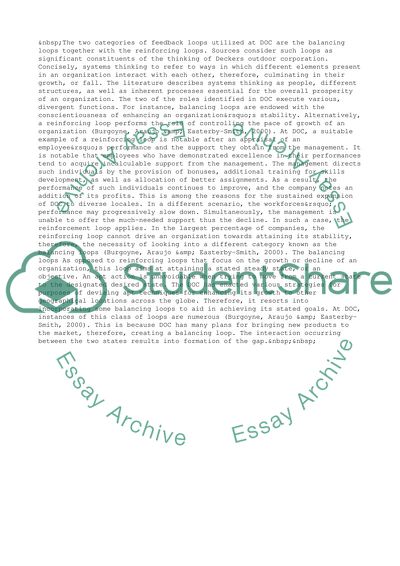Cite this document
(“Systems Feedback Loops for Deckers Outdoor Corporation Research Paper”, n.d.)
Systems Feedback Loops for Deckers Outdoor Corporation Research Paper. Retrieved from https://studentshare.org/business/1445684-system-feedback-loops
Systems Feedback Loops for Deckers Outdoor Corporation Research Paper. Retrieved from https://studentshare.org/business/1445684-system-feedback-loops
(Systems Feedback Loops for Deckers Outdoor Corporation Research Paper)
Systems Feedback Loops for Deckers Outdoor Corporation Research Paper. https://studentshare.org/business/1445684-system-feedback-loops.
Systems Feedback Loops for Deckers Outdoor Corporation Research Paper. https://studentshare.org/business/1445684-system-feedback-loops.
“Systems Feedback Loops for Deckers Outdoor Corporation Research Paper”, n.d. https://studentshare.org/business/1445684-system-feedback-loops.


